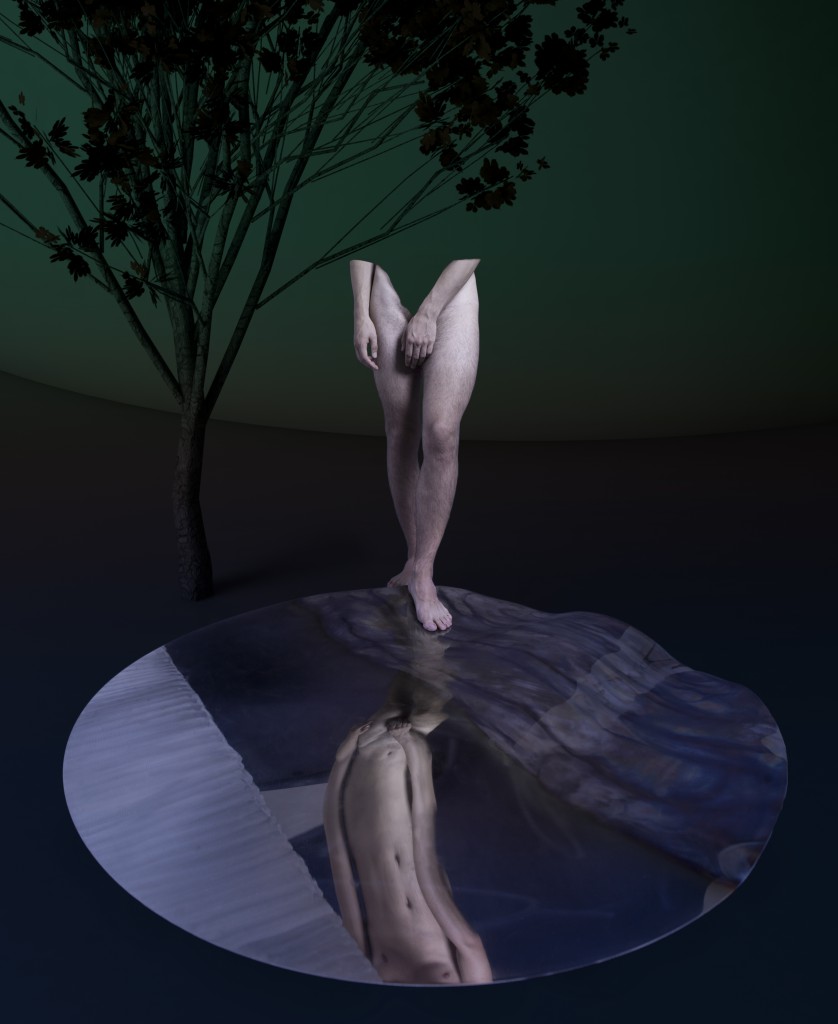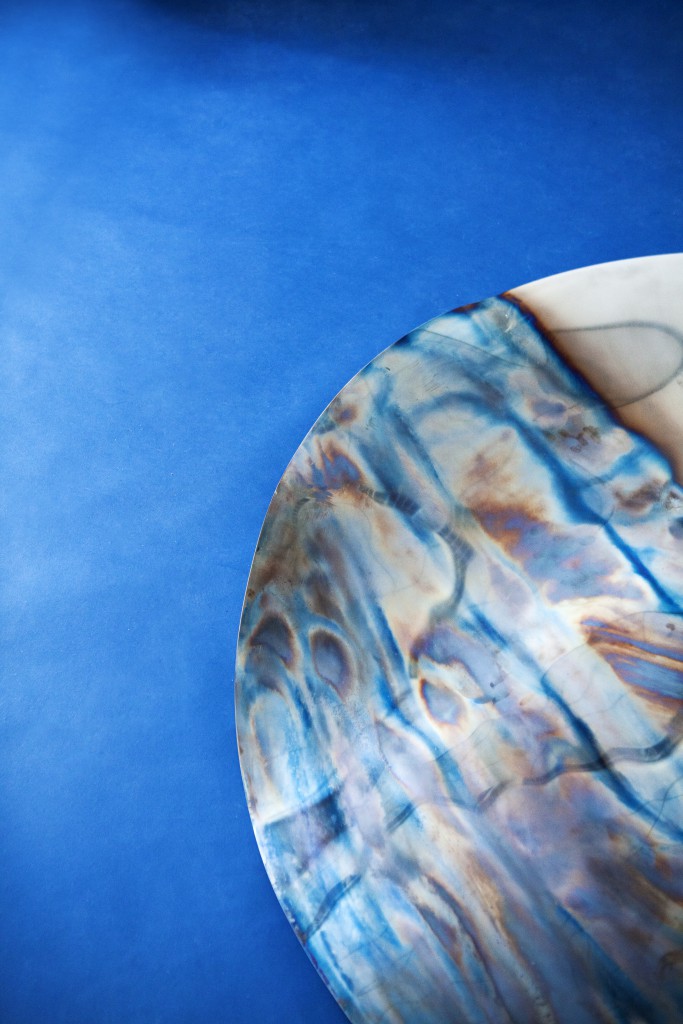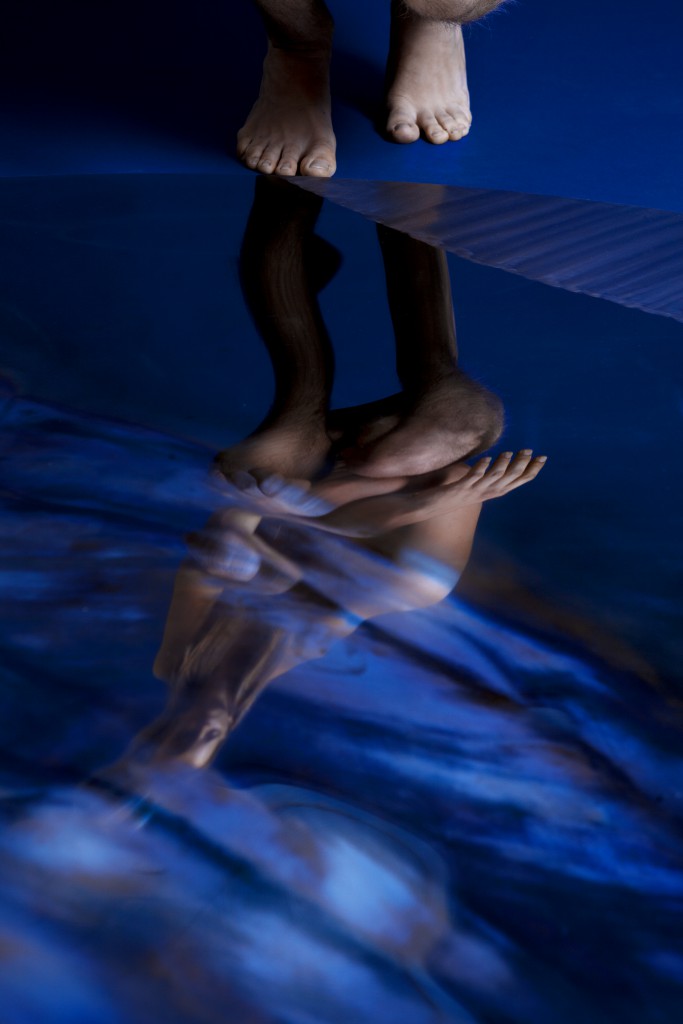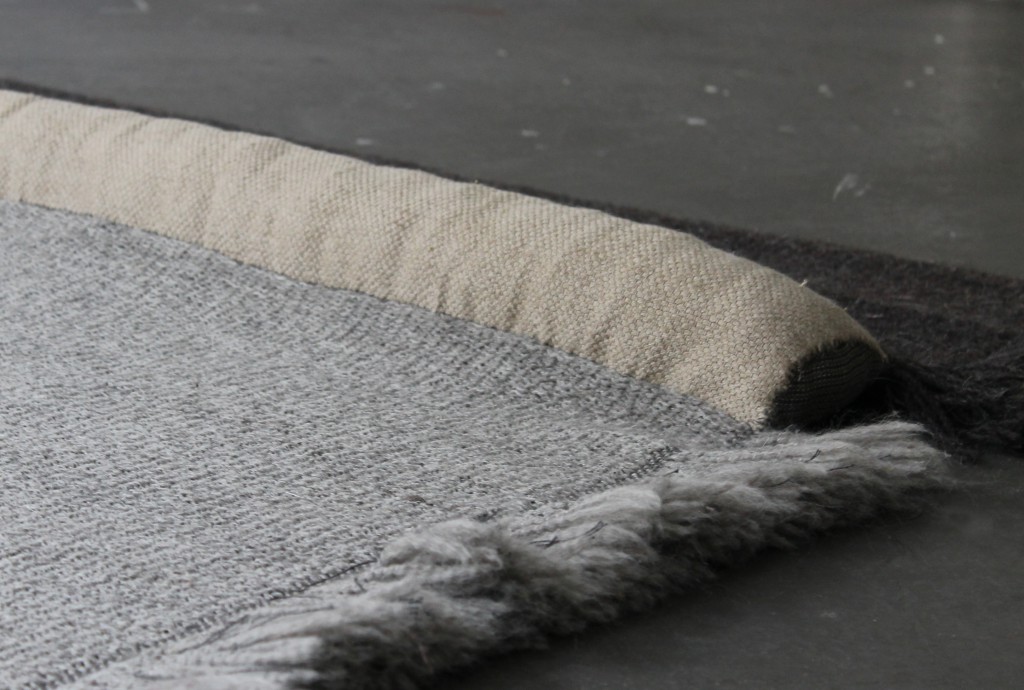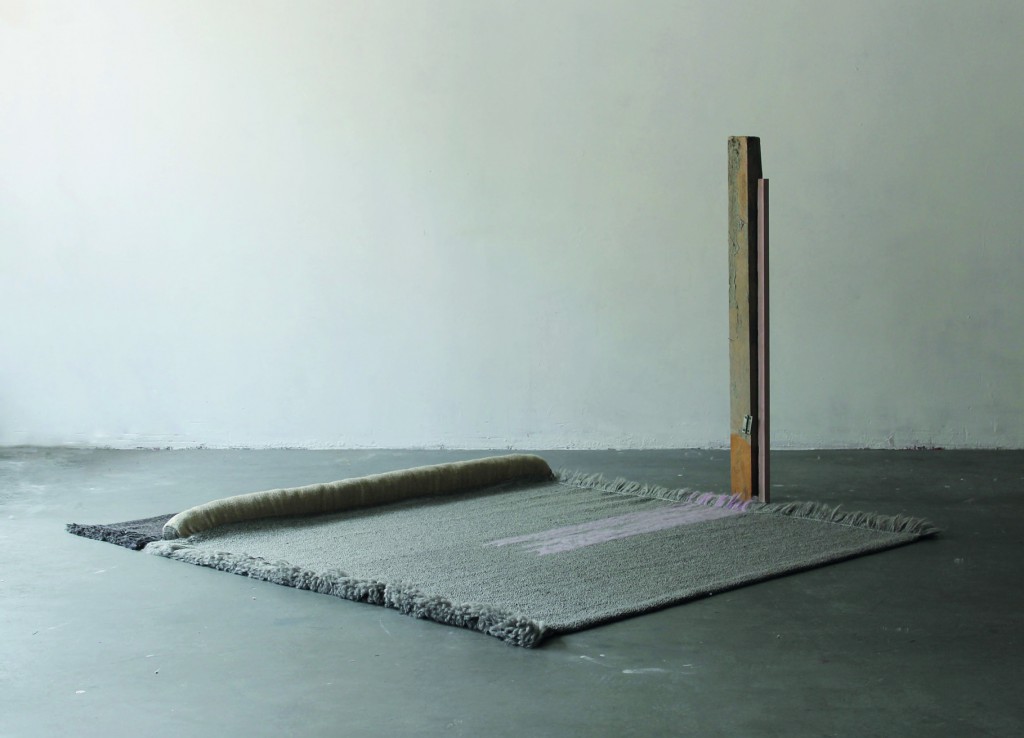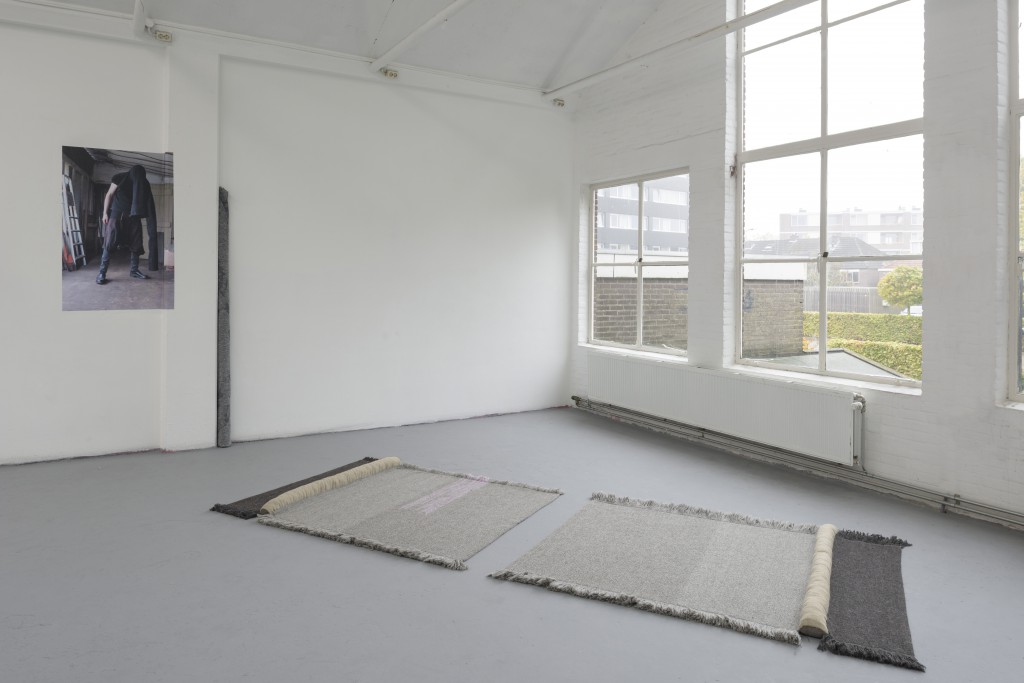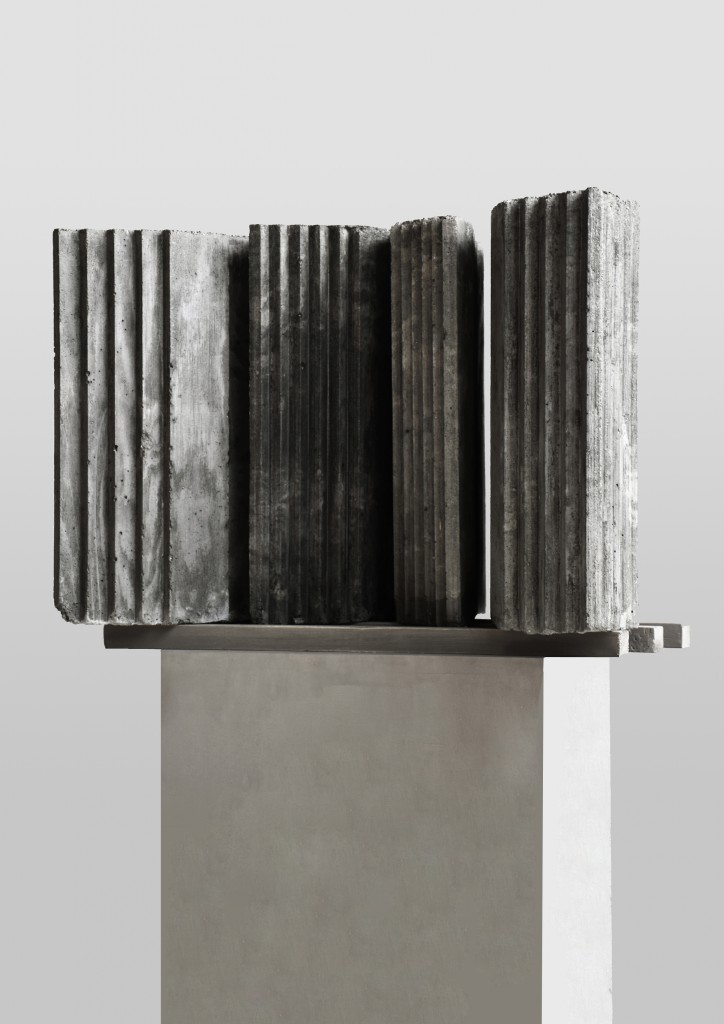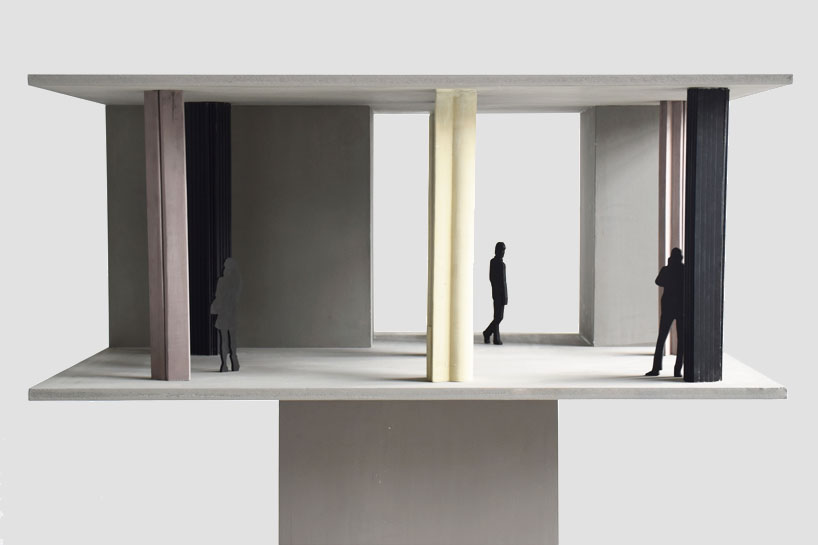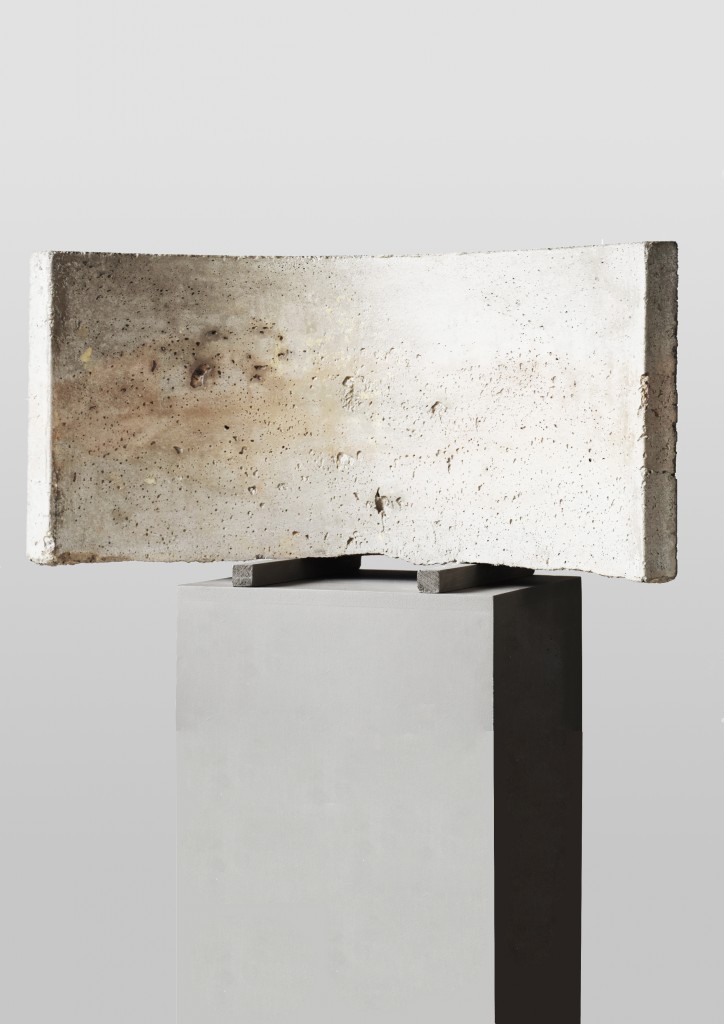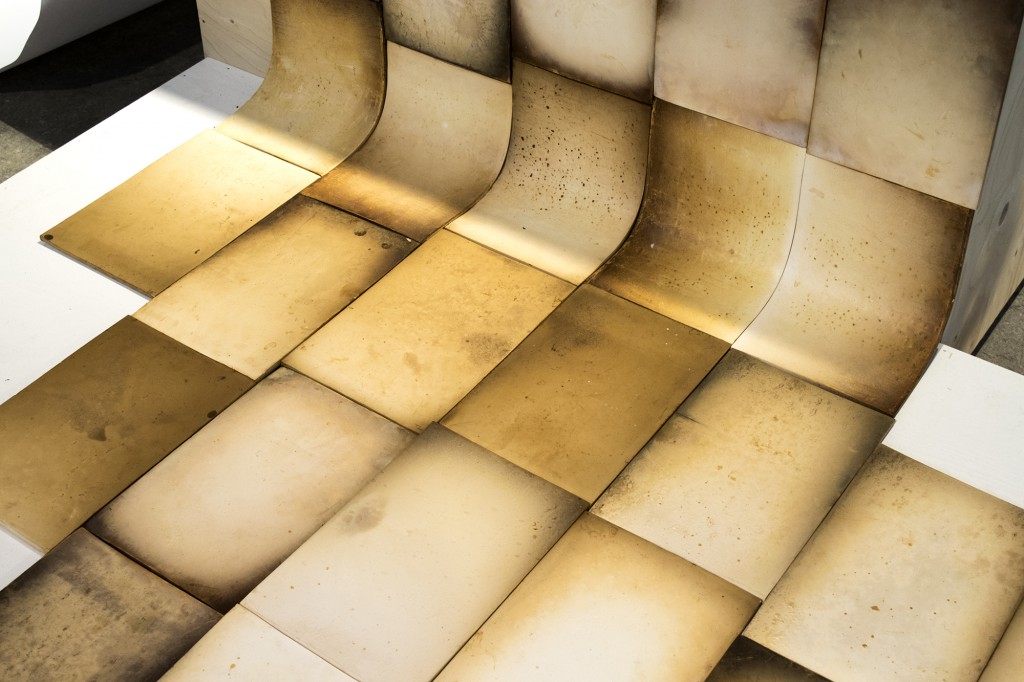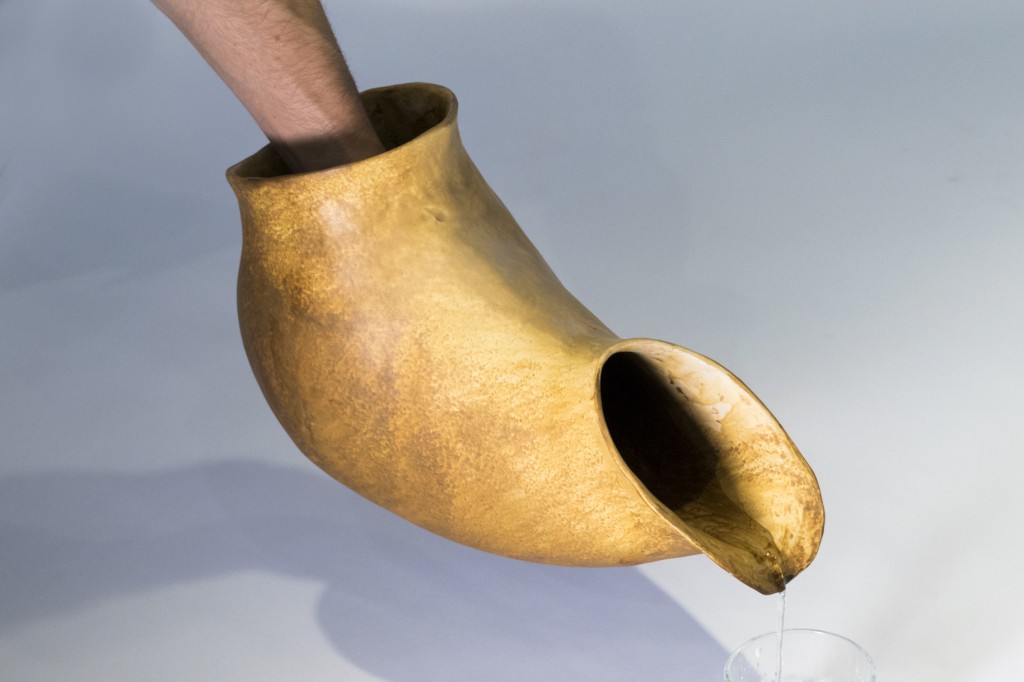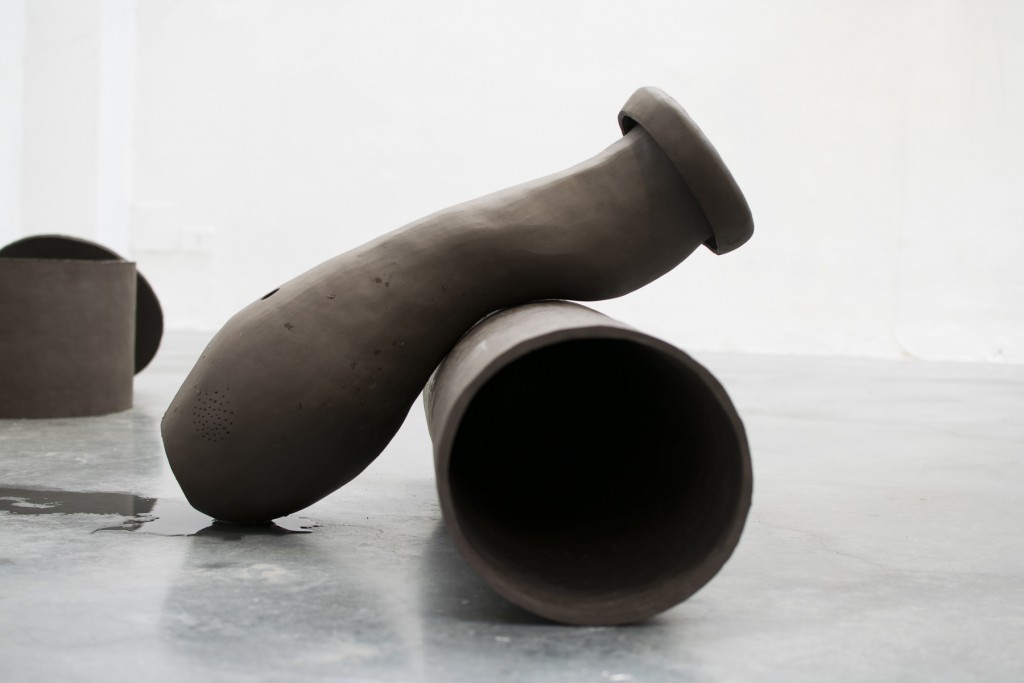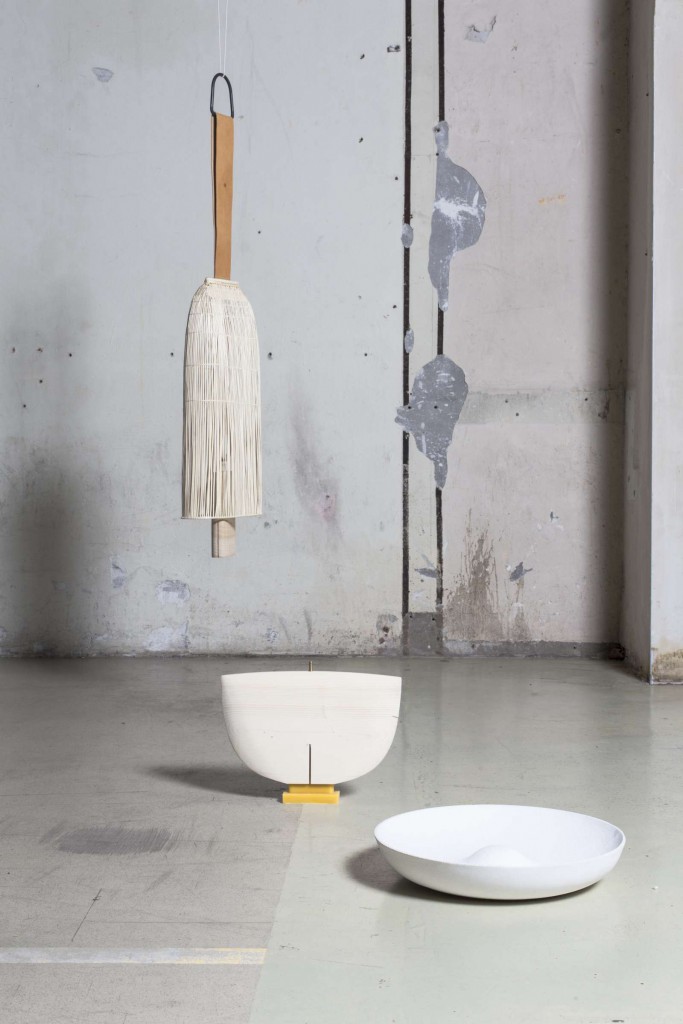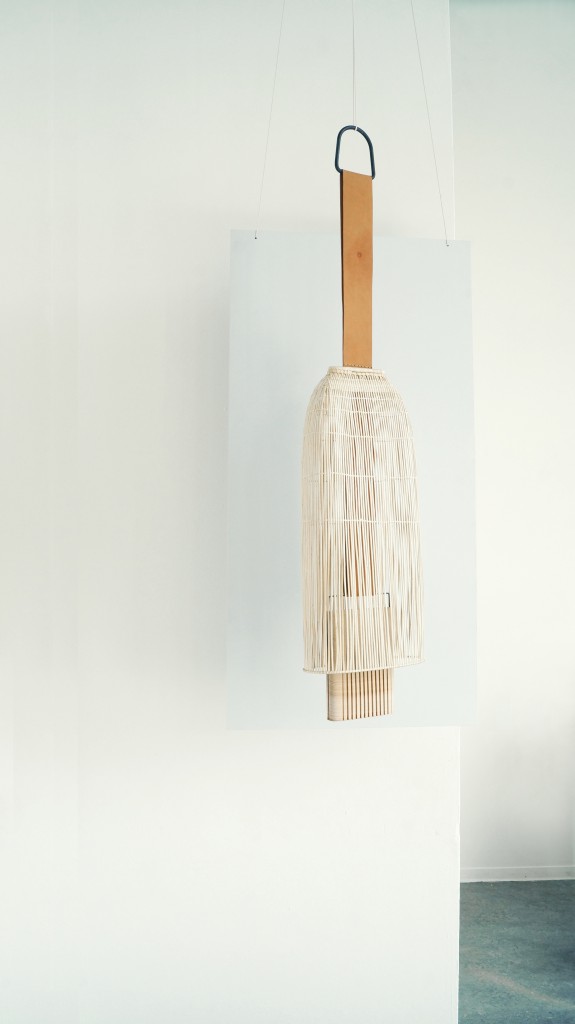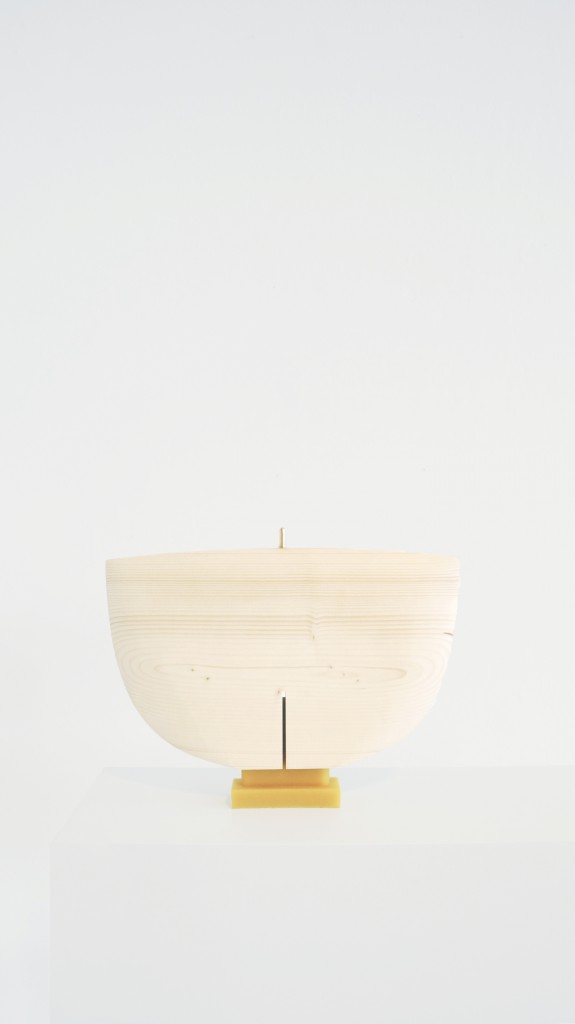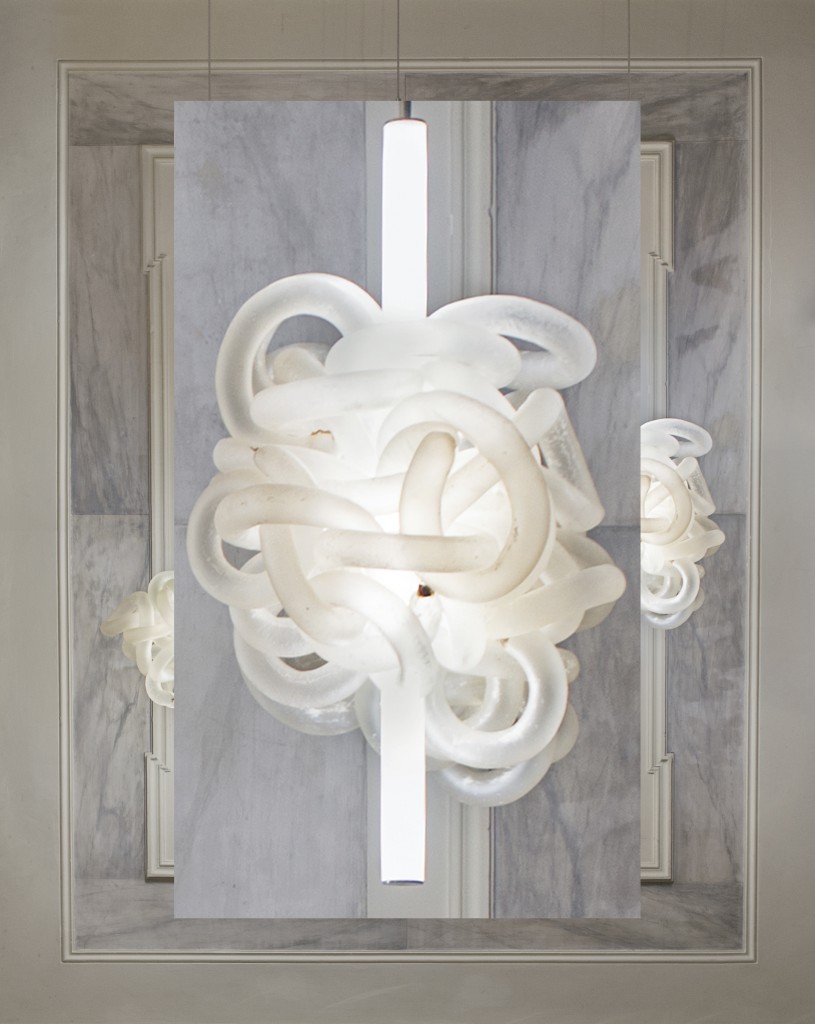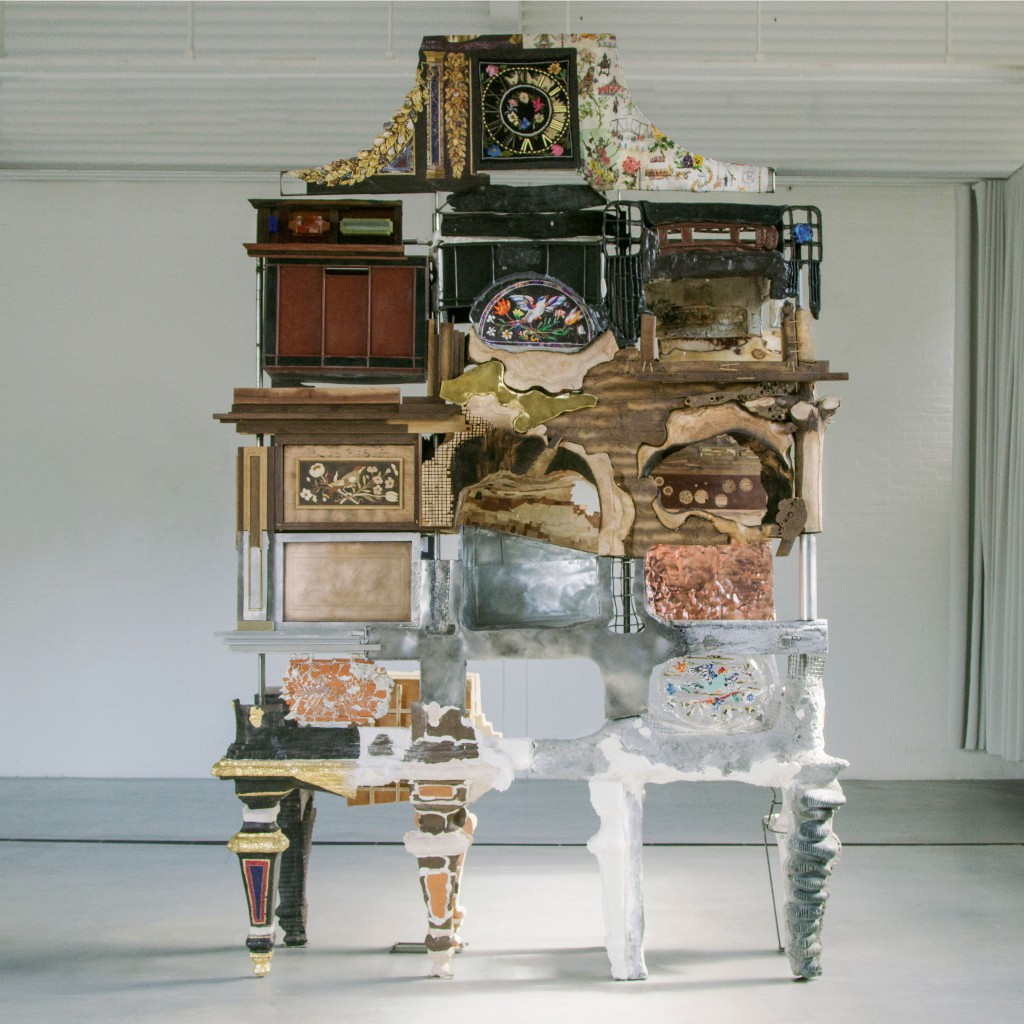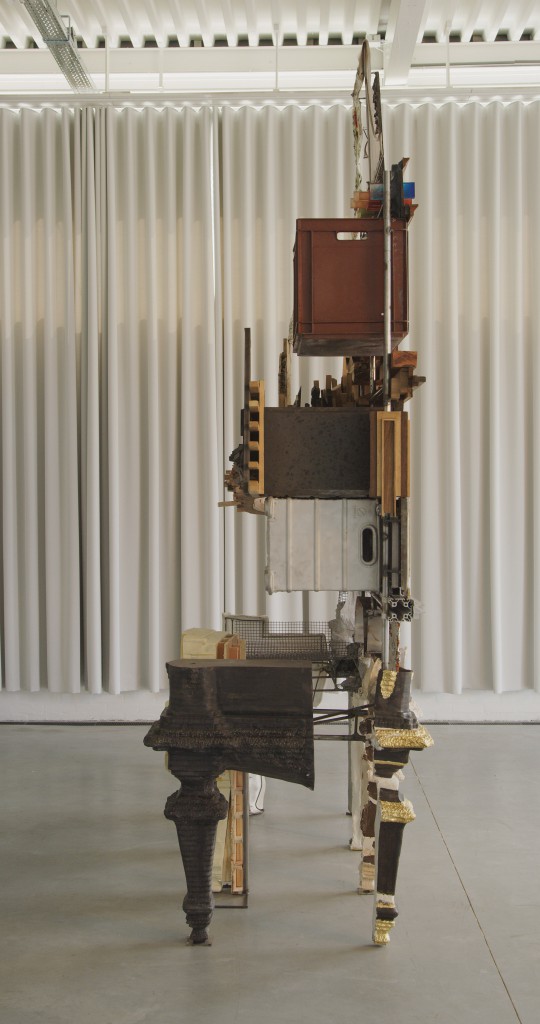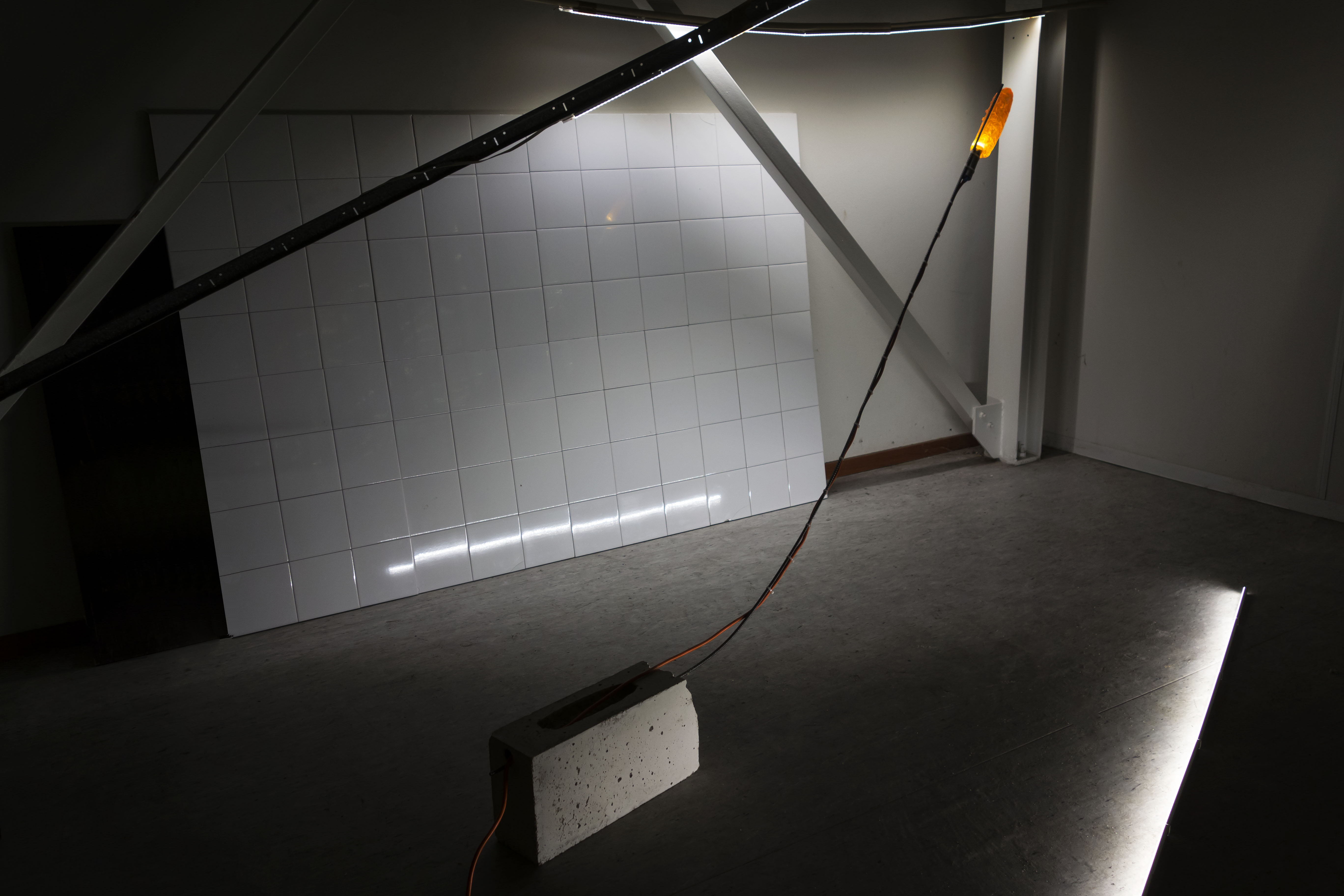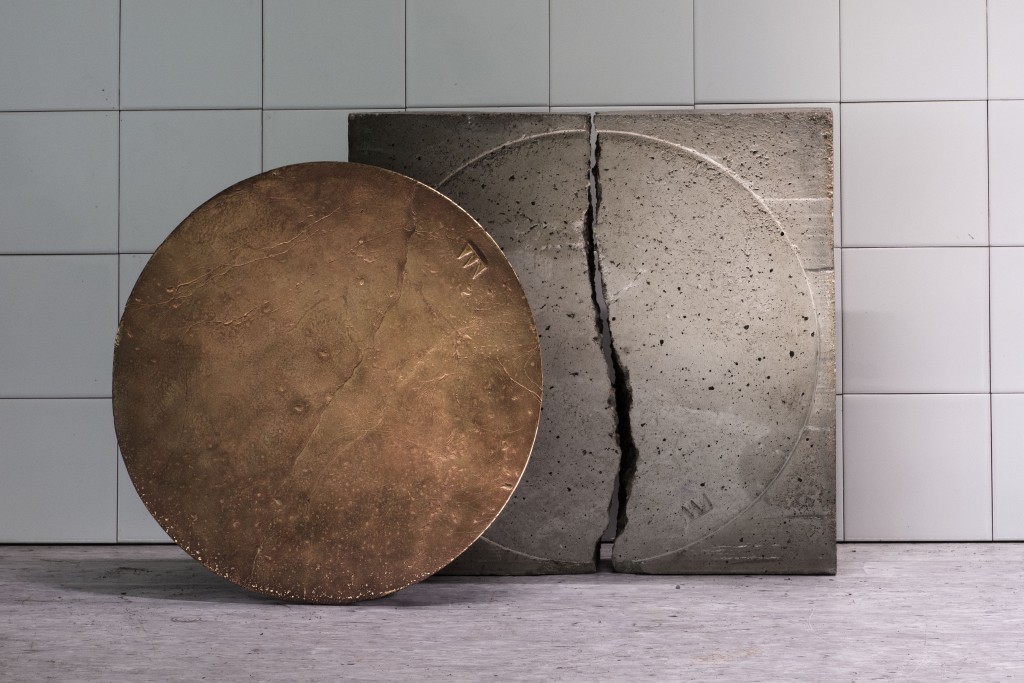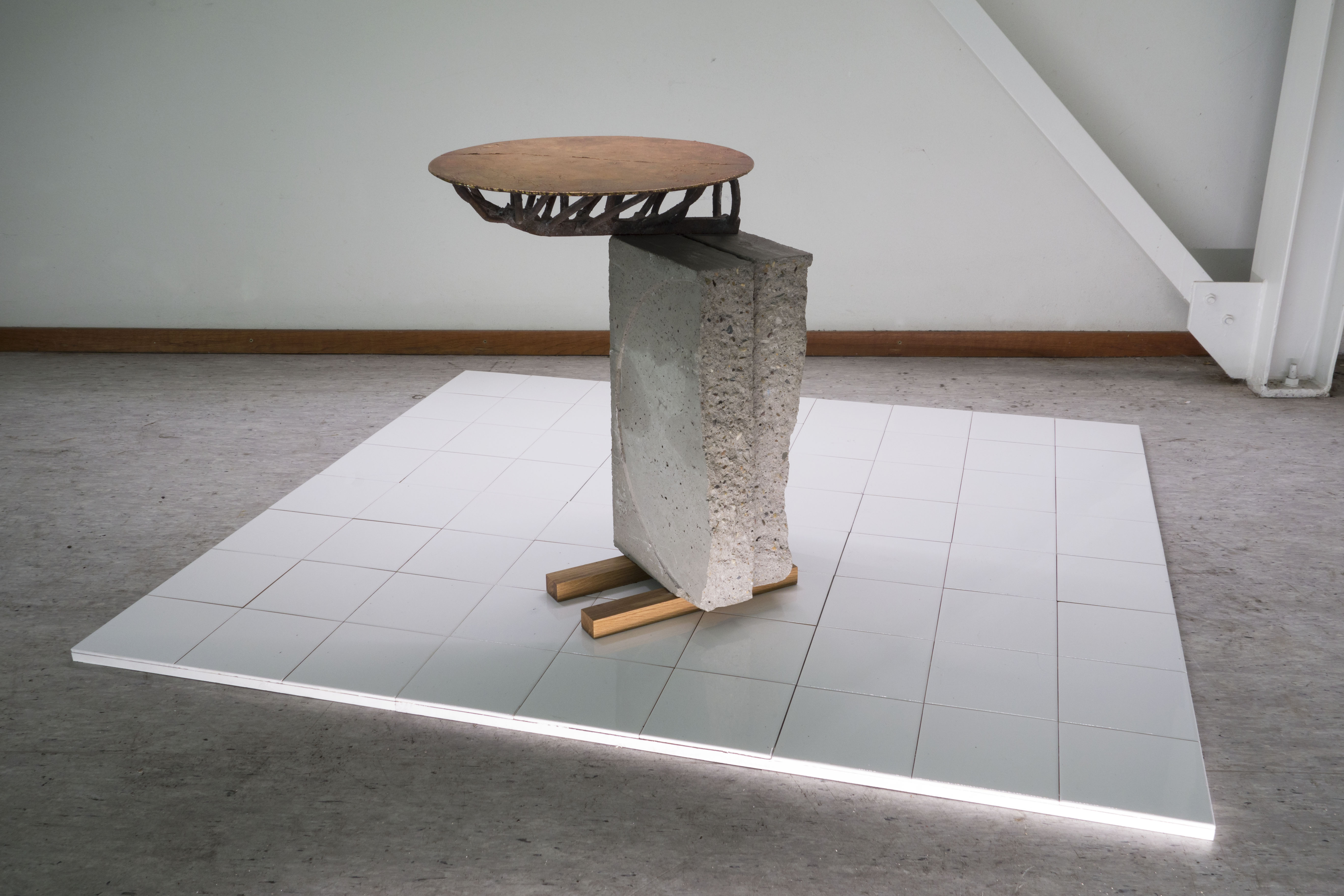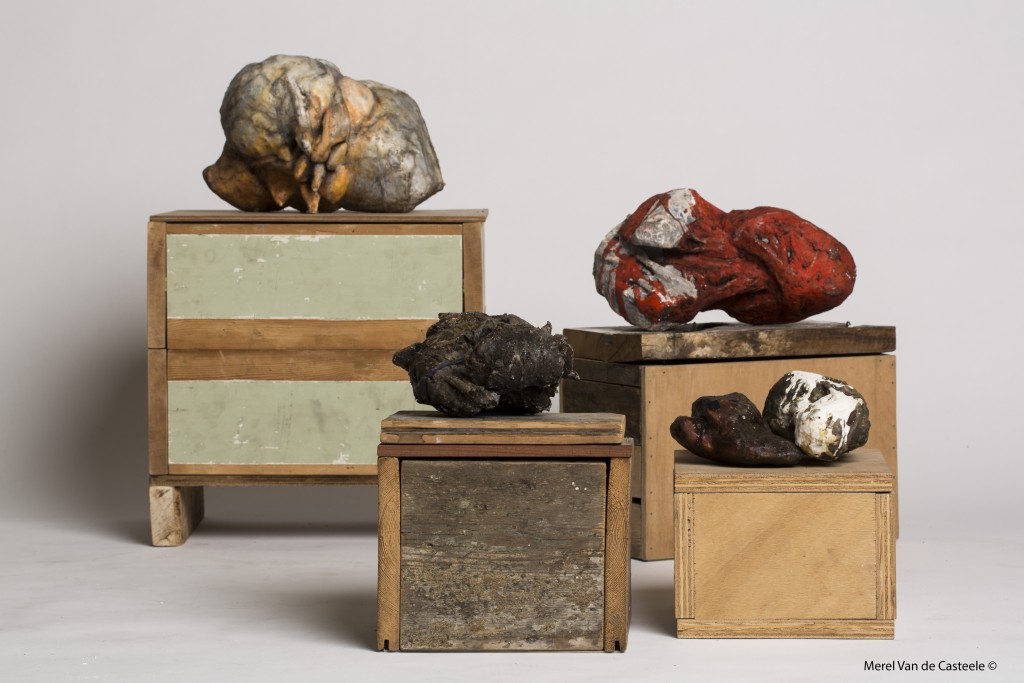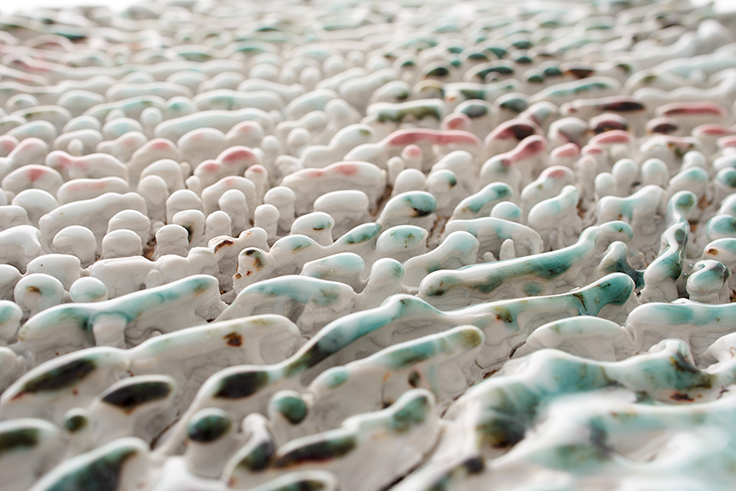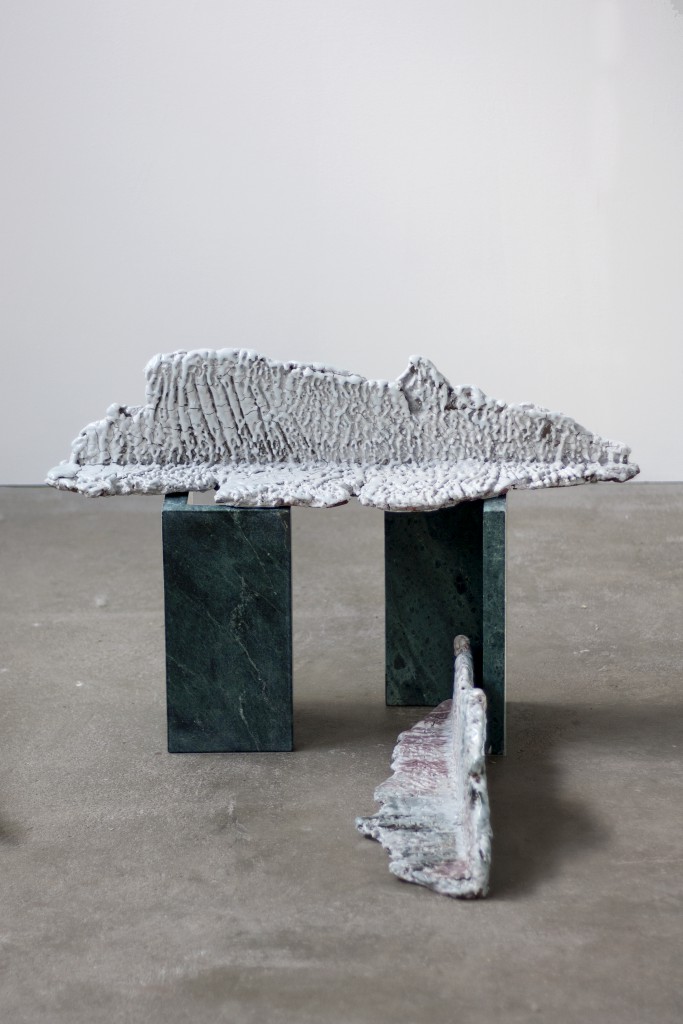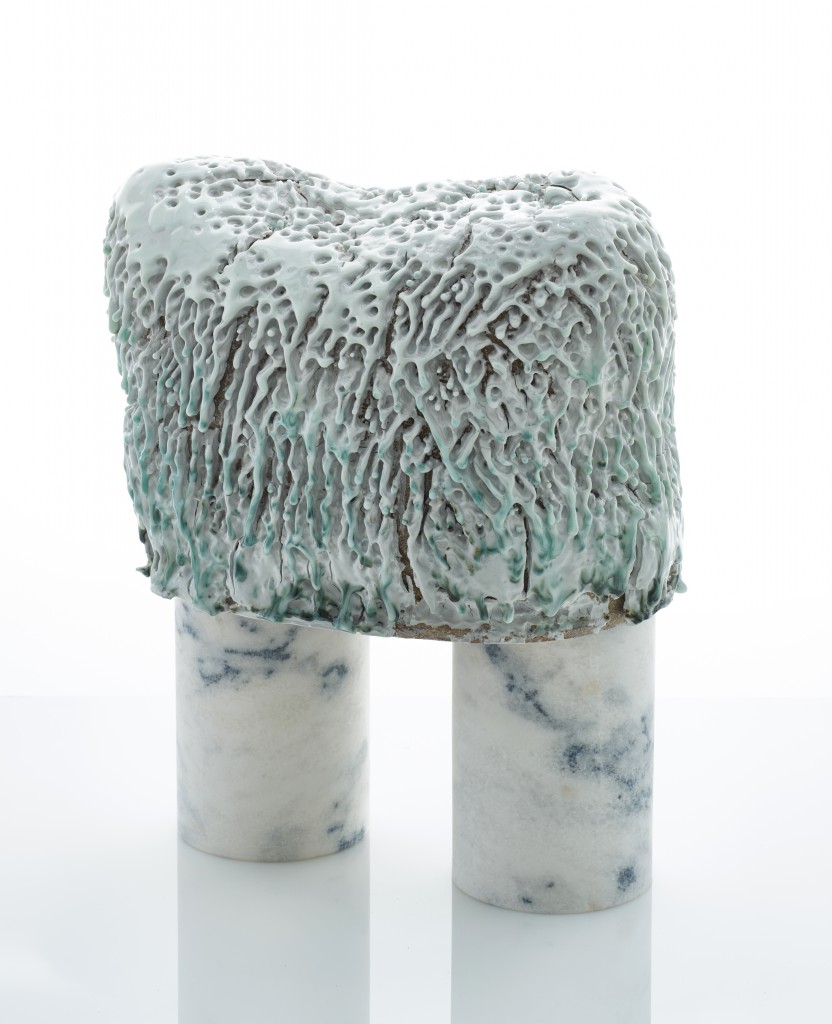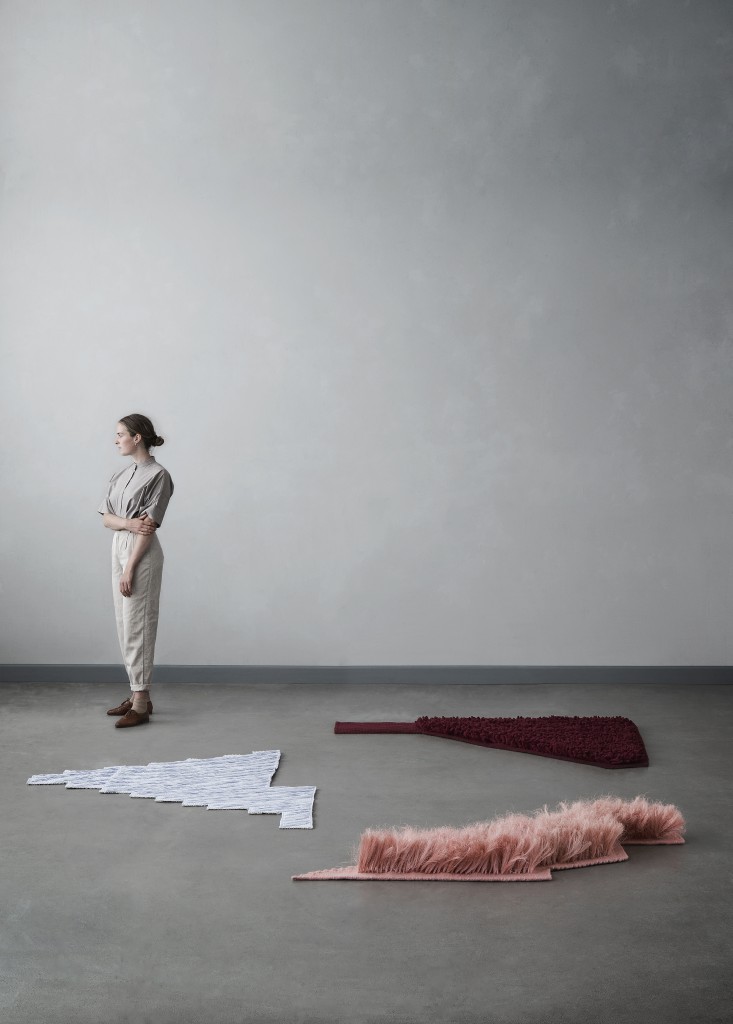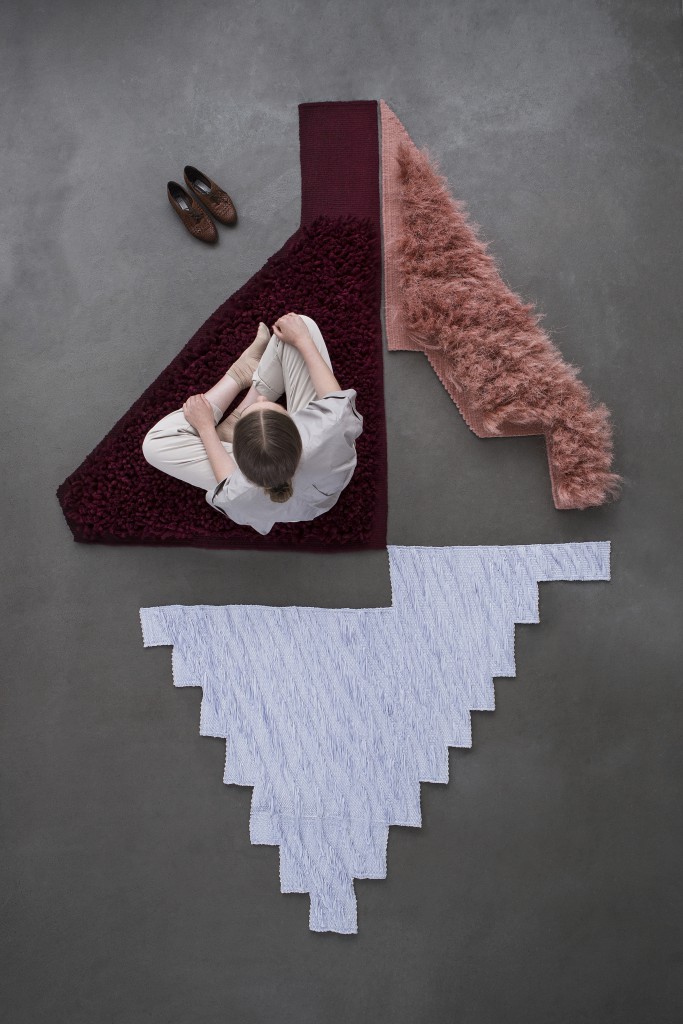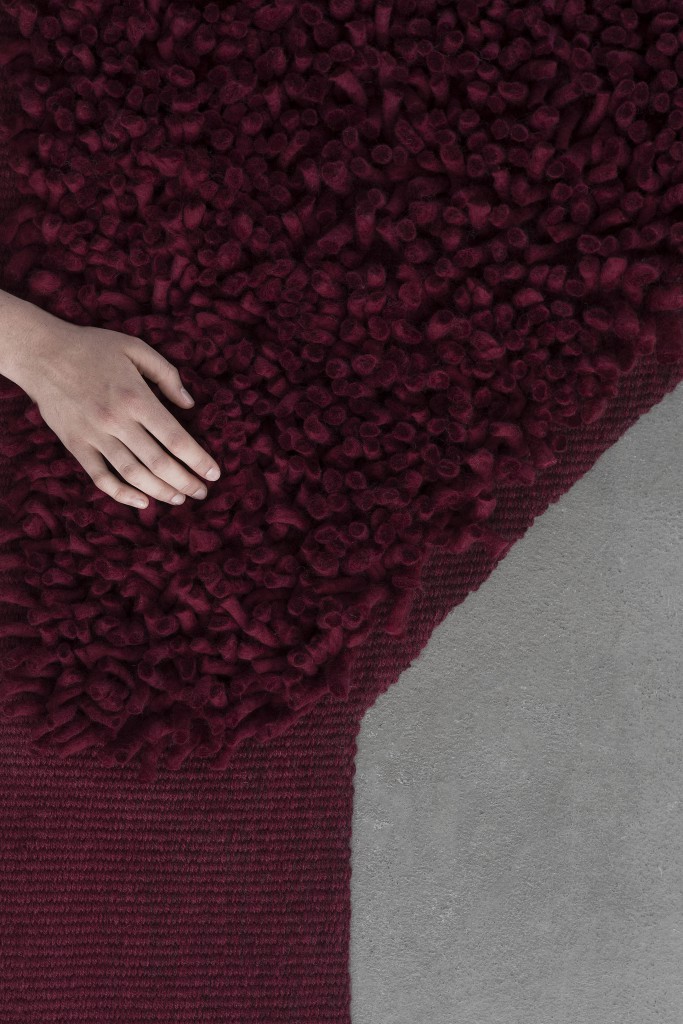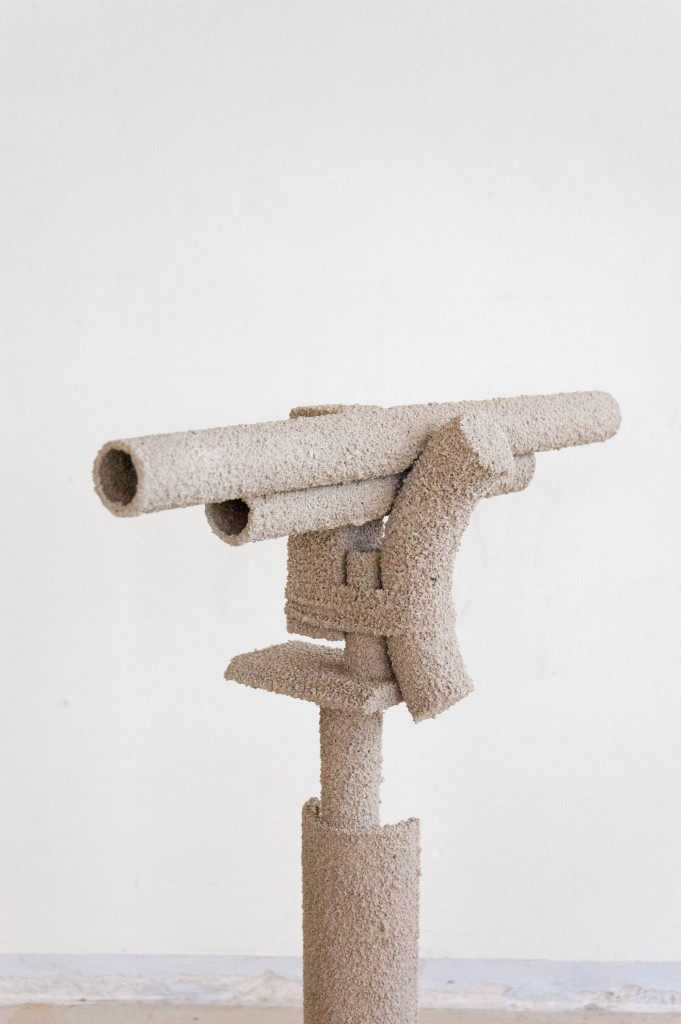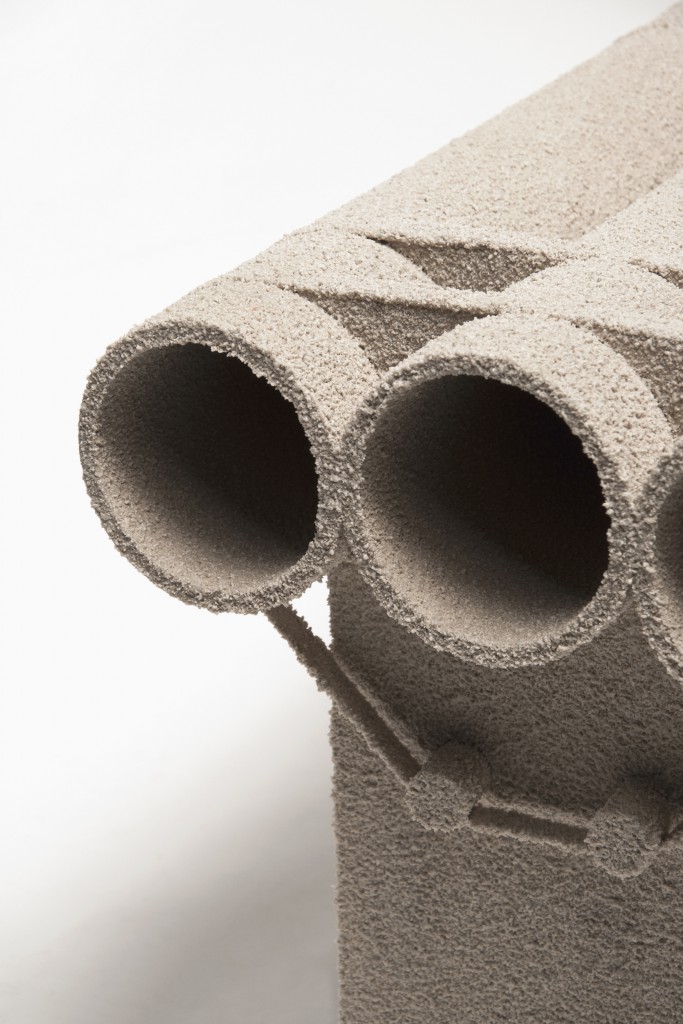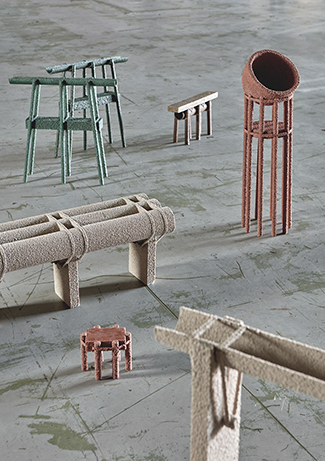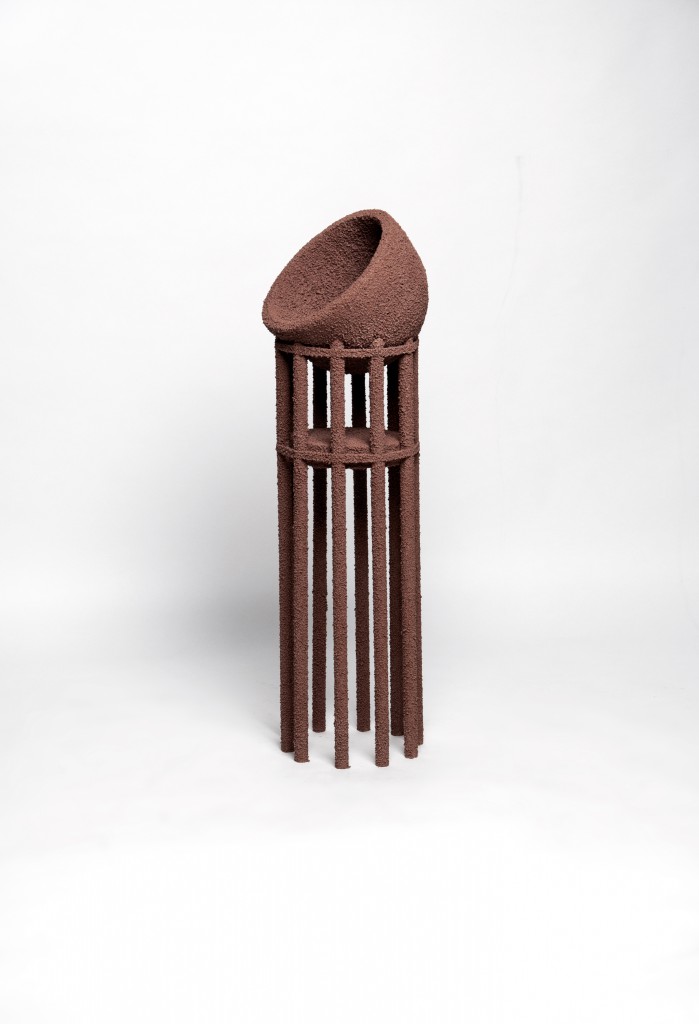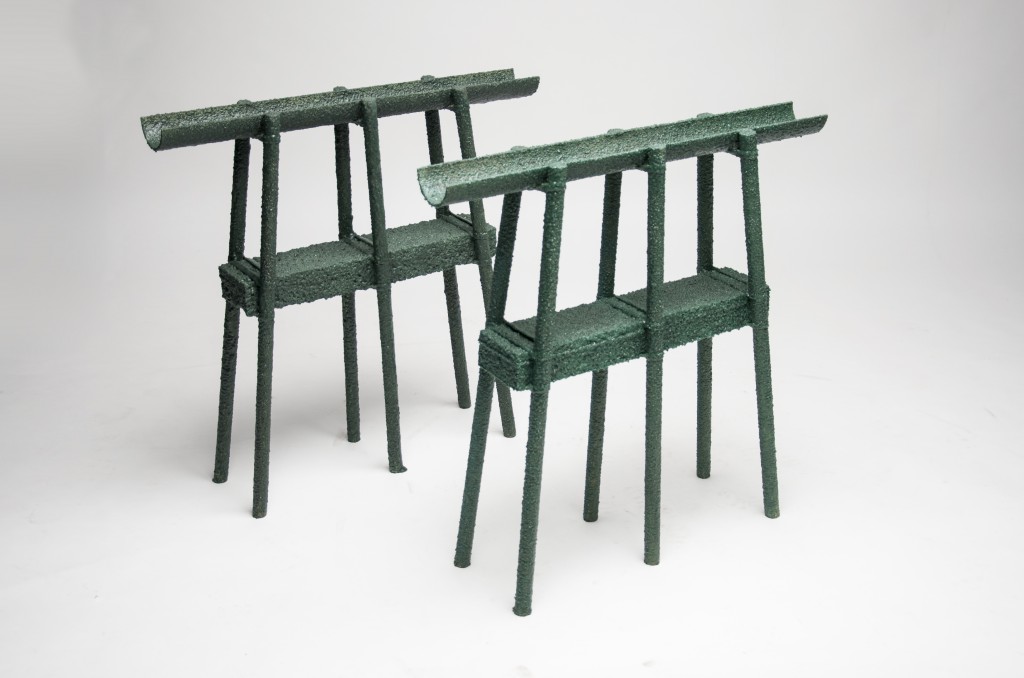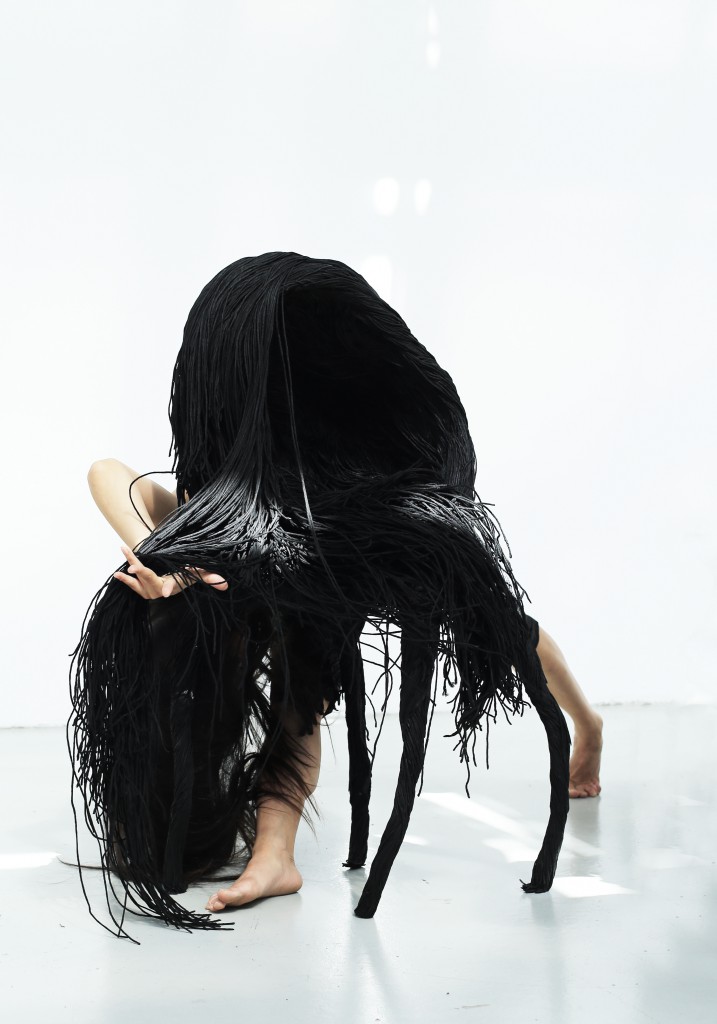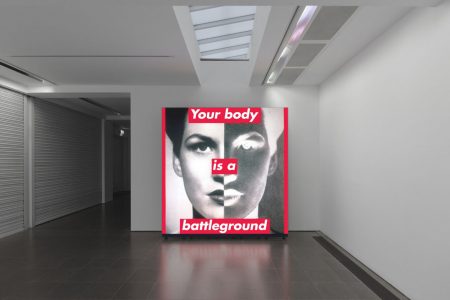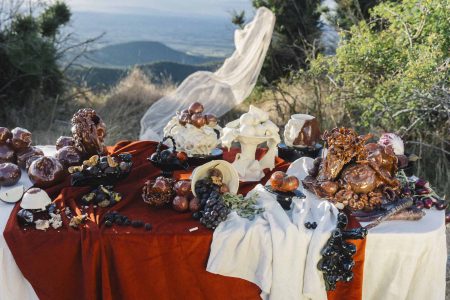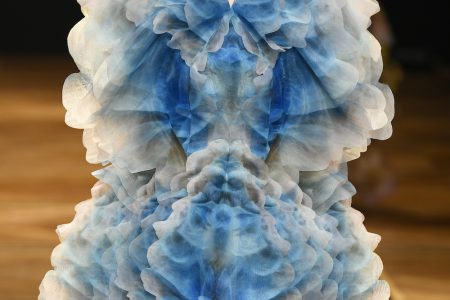Li Edelkoort’s Graduate(s)
Leading trend forecaster and frequent talent maker, Lidewij Edelkoort returns to London Design Festival this month with a special showcase of 15 avant-garde projects by emerging designers, just out of school. Mounted at Carpenters Workshop Gallery in London from 4-23 September, the Graduate(s) exhibit takes the pulse of the European design zeitgeist.
How does one capture the energy of a moment? As part of her practice, celebrated trend forecaster Lidewij Edelkoort spends a lot of time in search of projects, regardless of medium, that identify changing trends and shifting sentiments: aesthetics, materials and form as much as social and cultural concerns. From there, she is able to formulate predictions. Looking to capture what’s new and potentially influential, she often pulls directly from the source; young talents fresh out of school, who are set to make an impact.
In her latest endeavour, the matriarch of contemporary design foraged extensively through works produced at 50 of Europe’s top institutions. The Graduate(s) exhibition will reveal a distilled selection that signals a new archeological approach; looking back to the primal fundamentals of the past to inform the present and future. What is evident is that young European talents are finding new ways to “catalogue” their experiences and mitigate rapid changes in the world around them. A coarse fossil-like aesthetic will tie the showcase together; demonstrating that bold and honest explorations define design today.
Held at Carpenters Workshop Gallery during London Design Festival (4-23 September), the showcase will include projects by 15 emerging designers hailing from ECAL (Lausanne, Switzerland), RCA (London, UK), École National Supérieure des Arts Décoratifs (Paris, France), Royal Danish Design Academy (Copenhagen, Denmark), LUCA School of Arts (Brussels, Belgium), and Design Academy Eindhoven (Eindhoven, the Netherlands); for which she left an indelible mark as its creative director (1998-2008). Ahead of opening the exhibition, Edelkoort spoke to TLmag.
TLmag: Having mounted many shows of a similar nature in the past, what was the initial spark that inspired you to curate a survey of emerging European talents this time around? What has changed in your practice and the world around us that will make this showcase stand apart from others?
Li Edelkoort: I try to foster the talents of young designers, creating exhibitions with my curatorial partner Philip Fimmano, centred on what will happen in design next. Our selection for this exhibition at Carpenters Workshop Gallery is rooted in our belief that archaeology and fragmentation are leading principles for young creatives working today. Material research is the most exciting component of this process. We baptized this design movement as Post-Fossil (a title we used for a first exhibition at Tokyo’s 21_21 Design in 2010).
However, these most recent graduate designers live at a time when the world and their futures exist in disarray, a geo-political landscape in shambles that is governed by fear, terrorism, bigotry, inequality and a loss of faith in politics and the economy. Young designers try to make sense of this mess by creating contemporary archaic forms; conscious of ecology and overconsumption. They provide us with the arts and crafts we need to project alternative futures.
TLmag: Though you are now creating a textile masters program at Parsons School of Design in New York, what drew you back to looking at Europe? What can student designers from Belgium, Denmark, the Netherlands, Switzerland, and the United Kingdom teach the rest of the world? Why have these countries remained important bastions of the design zeitgeist?
L.E.: While I live in New York half of the year, the majority of my work is still connected to Europe and the design industry there, which continues to fuel the most innovative design ideas that push culture forward. This is for a large part is due to the fact Europe has important conceptual art and design institutions, which are the birthplace of fresh creativity and risk-taking. These societies are marked by traditions of alternative thinking; linked both to craft and industrial production. One could say that there’s a little more design in their DNA. With the exception of Switzerland and the United Kingdom, these countries are flat. Perhaps it’s the permanent presence of an imposing horizon, that allows creative people to keep an open mind.
TLmag: In 1985, Andrea Branzi coined the idea of Domestic Animals as being a series of objects that combine globalized technological advancements with revived vernacularity; reinterpreted craft traditions specific to different locales. How are today’s recent design graduates exploring the concept of archaeology; drawing from the past to shape the future?
L.E.: There’s a primal aspect to most design disciplines. This is perhaps best encapsulated in Aurelie Hoegy’s wild Dancers, which are chairs that merge animals and humans, supple fibres with hard matter, fusing object with performance. In the aftermath of the longest financial crisis in decades, a period of streamlined design for design’s sake has come to an end. Society is getting ready to break free of its materialistic past by replacing it with the materialisation of modest earth-bound and often recomposed materials. In this process, young designers formulate objects around sustainable ingredients, favouring timber, hide, pulp, fibre, earth and fire. Like contemporary cavemen, they reinvent shelter, redesign tools and manmade machines; speculating archaic rituals for a more modest lifestyle.
TLmag: What materials, forms, textures and colours make up the language codified in this exhibition?
L.E.: The Graduate(s) features works by fifteen designers made from a variety of both cheap and precious natural materials. Martin Laforet wired LEDs to a rough slab of concrete to create a beautiful lamp. Thomas Ballouhey coated found ingredients with sand to envision rudimentary porous and future-proof furniture. Carlo Lorenzetti forges earthen recipients for water and botanicals; ritualistic tools for a new kind of well-being. Crackling clay grows over the polished marble and granite assemblages by Priyanka Sharma. Steel is rendered in varying oxidised patinas by Anton Henrik Denys. The translucency of cow intestines is lit up in a chandelier by Kathrine Barbro Bendixen; reminiscent of Eva Hesse’s emotional vocabulary. Additionally, textiles take on tactile dimensions, like with sensorial rugs by Sofie Genz: woven in wool, paper and sisal. These objects are all tinted in natural shades ranging from brown and beige to red ochres and bronze. An accumulation of shapes and materials brings some brightness in a cabinet-collage by Kostas Lambridis.
TLmag: Why is it important that the exhibited projects reflect a sense of impulse and experimentation, expressed through the primal rawness and roughness of new material generation; collage; resourcefulness; and reconfiguration?
L.E.: Material is the message today. Talents look to both low and high tech ways as means to reinvent the elements with which they work, all the while staying connected to nature and sustainability. Many of the objects are highly process-based, illustrating the making as a sign of authenticity and transparent honesty. Designers often recompose scraps of matter or blend both natural and synthetic ingredients, creating material hybrids. Recycling and reincarnation comes naturally to young people today; giving objects a new life, adding texture and colour along the way.
TLmag: How can sublime, universal, monolithic, and sculptural forms be understood as functional objects or as means to influence a reorientation of what design means? How can speculative projects change our perception of how we consume and use objects?
L.E.: Autonomous design mirrors contemporary culture and has the power to ignite new ideas for the design industry at large. For example, over the past twenty years, the movement of creating uniqueness within a range of objects has now become a central asset to many serial product collections; production technology has finally caught up. Whether these objects are functional is of less importance since they are considered material expressions, aesthetic objects or three-dimensional forms. They experiment with process and technology, challenge shape and structure, honour the presence of the maker and act as vectors for the important issues of the day. The brut nature of many of the objects in The Graduate(s) indicates a shift by a young generation concerned with making and consuming less, towards a mindful and spiritual future.
TLmag: Describe your relationship with Carpenters Workshop Gallery.
L.E.: When contributing an essay to a forthcoming book by Rizzoli about Carpenters Workshop Gallery, I realised just how much we share a similar discerning eye. I am also very proud to see many Design Academy Eindhoven alumni in their roster. We are collaborating with the gallery because, like us, they’re not afraid to take a risk in supporting tomorrow’s creative talents. Carpenters Workshop Gallery has given us carte blanche to show some quite directional projects, some of which are outside the gallery’s usual comfort zone. We all hope to introduce these graduates to an international audience during London Design Festival; from the press to collectors and the design world at large.
Graduate(s): 4-23 September
Carpenters Workshop Gallery
4 Alemarle Street, London
